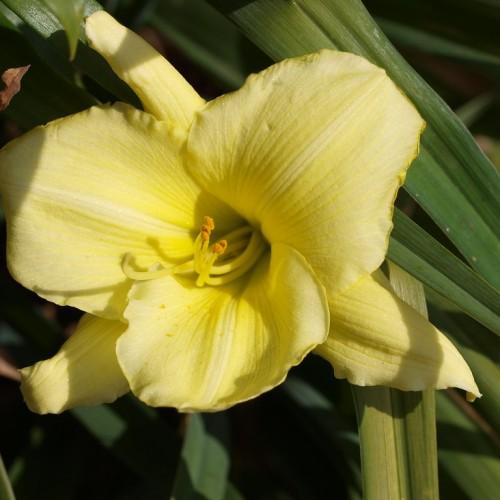
daylily
Hemerocallis 'Erin Prairie'
Cycle:
Herbaceous Perennial
Watering:
Average
Hardiness Zone:
3 - 9
Flowers:
Flowers
Sun:
Full sun,part shade
Leaf:
Yes
Growth Rate:
Low
Maintenance:
Low
Salt Tolerant:
Yes
Care Level:
Medium
watering
Daylily (Hemerocallis 'Erin Prairie') should be watered deeply but infrequently. Aim to give the plant a thorough watering once a week in the summer, but reduce this to once every 2 weeks during winter months. When watering, slowly and deeply soak the soil so that water reaches the bottom of the root zone. If the soil is left too dry, the flower buds may not develop correctly. Additionally, if the soil is soggy it can lead to fungal rot. You can test the soil by digging your finger a few inches into the soil. If it feels dry, then the plant needs water.
sunlight
Daylilies in general require at least 6 hours of direct sunlight per day to produce the best blooms. Hemerocallis 'Erin Prairie' is no exception; however, the amount of sunlight it needs should be adjusted to the climate and region where it is planted as too much sunlight in hot climates may damage the plant. In the northern regions, full sun is recommended, while in warm climates it should receive morning or filtered sun or partial shade. Plant the daylily in a location that receives full sun until at least midafternoon.
pruning
Daylilies (Hemerocallis 'Erin Prairie') should be pruned annually once the leaves have gone brown and died in late fall or early winter while the plant is dormant. Prune the spent leaves and dead stalks all the way down to the base. Pruning daylilies in the spring is not recommended as it can reduce flowering for the season. Daylilies can also be divided in the early spring and replanted or shared. This will help to improve the overall health of the plants.
